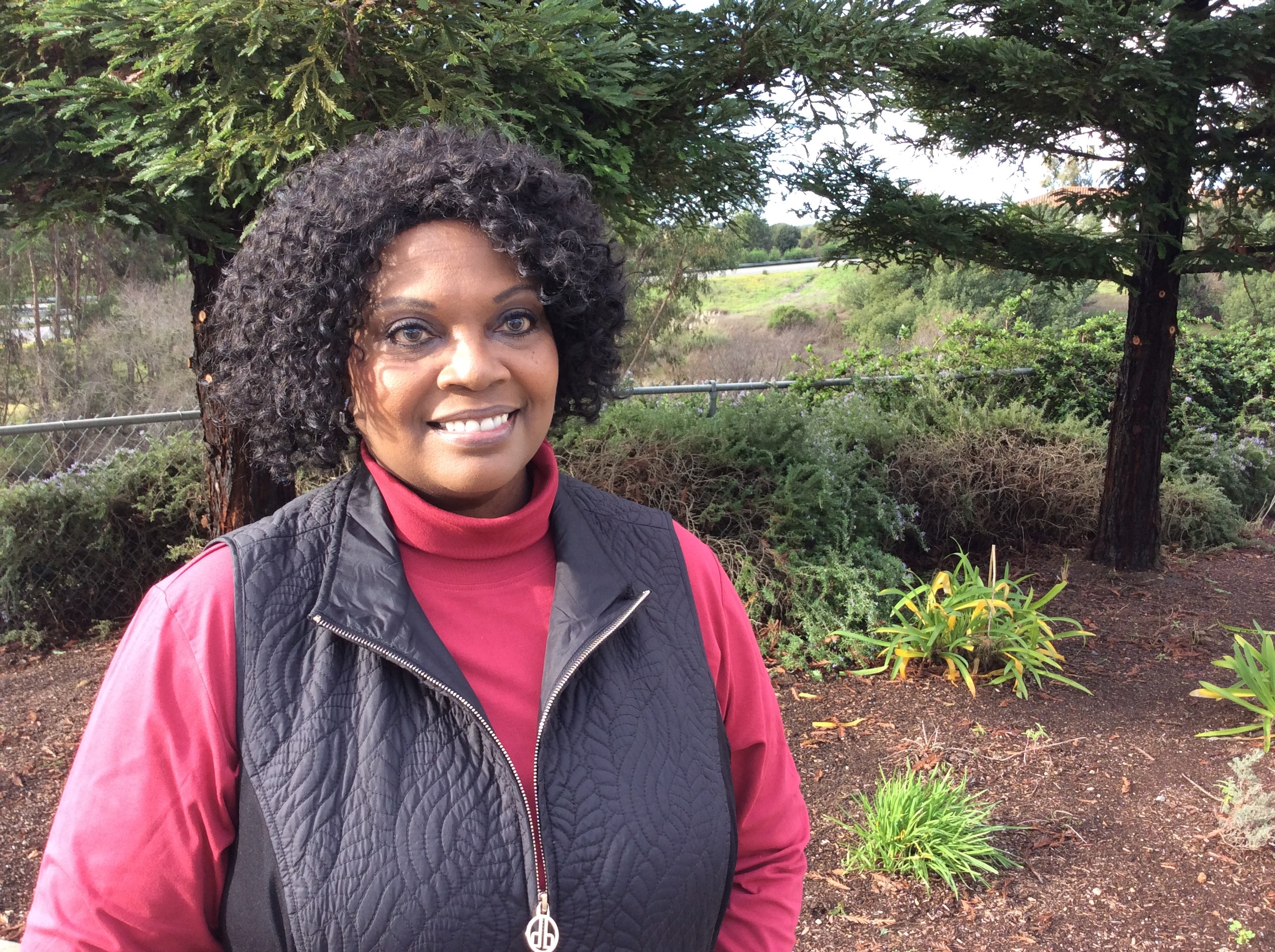
Katha Redmon chose concrete over medicine and never looked back
Posted by Shanna Crigger on Jan 11, 2017
WATSONVILLE – Throughout college at UC Irvine, Katha Redmon planned on attending medical school and becoming a physician.
However, a part-time job in a concrete laboratory testing new admixtures would alter Katha’s medical school plans and send her down a completely different career path that eventually led from Lehigh and Cal Portland in Southern California to Graniterock in Watsonville.
“While performing my regular admixture testing one day, the company engineer poked his head into the lab and asked if I had any typing skills. After receiving an affirmative answer from me, he asked if I would assist his team with generating a very large submittal that needed to go out that afternoon. We were successful in meeting the deadline that day and I was subsequently called upon regularly to assist with generating submittals in between performing admixture testing in the lab. That was the start of my ascension into the wonderful world of concrete,” Katha said.
Shortly before graduation and after turning in her resignation so she could focus on medical school applications, Katha was asked if she would be willing to postpone her resignation for six months to assist with finding and training a replacement for her position.
Since Katha had the additional distraction of planning her wedding, which was scheduled immediately after graduation, she decided to delay medical school applications until after the wedding and agreed to maintain her concrete position in the interim.
That six-month “interim” turned into the concrete career she still enjoys today.
Katha never looked back and doesn’t regret exchanging a white doctor’s coat for steel-toed boots and a hardhat more than 25 years ago.
Katha has served as Graniterock’s director of concrete products since May 2012.
As one of the company’s top concrete specialists, she reviews mix design specifications, generates mix design submittals, designs new mixes, maintains the company’s extensive mix design database, collaborates with customers on project-specific mix designs and is constantly researching the latest technologies to keep Graniterock on the cutting-edge of concrete science.
Katha works closely with the concrete plant operators in Seaside, Santa Cruz, Salinas, San Jose and Redwood City to ensure all concrete is effectively batched as designed.
She oversees Graniterock’s concrete technicians, who are responsible for gathering concrete samples on job sites. These samples are used to perform various plastic property concrete tests in the field as well as to fabricate test specimens that will be later tested in the lab to document the strength performance of each mix.
In other words, the quality of Graniterock’s ready-mix concrete is in Katha’s hands.
“Quality is one of our cornerstones at Graniterock. We bank on it, literally,” said Mike McGrath, Graniterock’s concrete business manager. “Katha’s driving that for us and doing an excellent job. In addition, her personality and professionalism make her a great person to work with.”
According to Katha, one of the biggest changes in the world of concrete she’s seen in her career is the seismic shift to mandating the use of supplemental cementitious materials as a replacement for large percentages of Portland cement.
Known as green concrete, mix designs that include the industrial by-products slag and fly ash in lieu of 100 percent cement are considered environmentally superior and an increasing number of projects demand high percentages of one or both of these recycled materials.
Whereas engineers in the past used to prohibit the use of fly ash or set a maximum limit of 15 percent, they now frequently request minimum amounts of at least 30 percent fly ash and/or slag.
The driving force behind this shift is the advent of LEED points and the desire to build structures more sustainable for the environment.
“The whole tone in specifications has changed now that engineers have become aware of the extra performance and sustainability benefits inherent to the use of these industrial by-products,” Katha said. “Green concrete can be denser and, in fact, even more durable than similarly designed 100 percent Portland cement concrete.”
Katha got the ultimate test in green concrete when UC Santa Cruz asked Graniterock in 2015 to design and deliver an environmentally-friendly concrete made with 70 percent supplementary cementitious materials, something the company had never done before.
After many rigorous trials, the high-level green concrete exceeded many of the field performance expectations, including compressive strength gain.
When asked to identify one of the largest and most exciting projects she’s been involved with over her career, Katha responded with construction of the nearly 1 million-square-foot Staples Center Sports Arena in downtown Los Angeles in 1998, in which she was proud to watch her company supply concrete for everything from the foundations and slabs to the walls.
“It was exciting to watch the progression of that project with large fleets of mixer trucks on the jobsite at one time during large pours,” she said. “To actually attend multiple events at the Staples Center knowing that I had contributed to the construction process was extremely gratifying.”
When not at work, Katha likes to stay home and catch up on reading or spend time with her mother and children Tiffany, 28, and Timothy, 22.
Back to all Blogs
